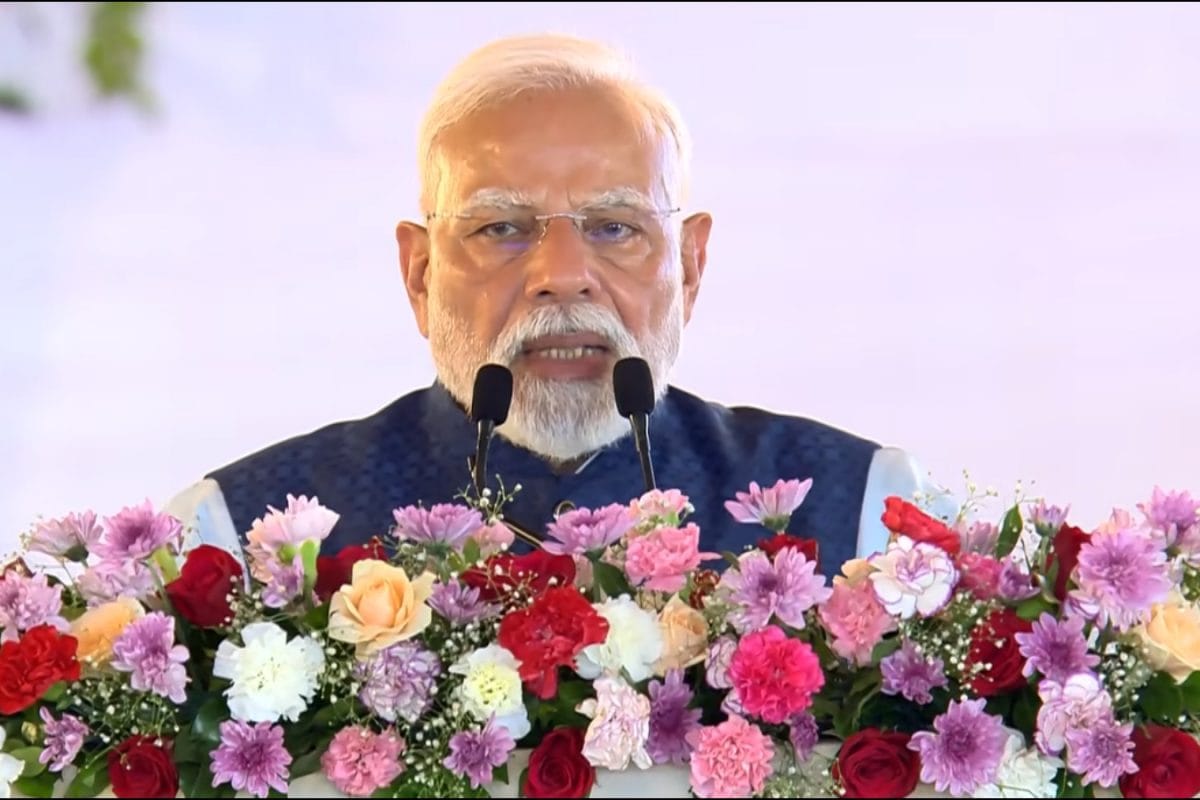

Prime Minister Narendra Modi inaugurated the Delhi section of the Dwarka Expressway and the Urban Extension Road-II (UER-II) in Rohini, Delhi on Sunday, August 17, 2025. Speaking at a public gathering after the inauguration, the Prime Minister emphasized the importance of transforming Delhi into a "Vikas Model" (development model), embodying the aspirations of a nation determined to become developed. He stated that the national capital should set an example and showcase itself as the capital of a rapidly advancing India.
The two projects, developed at a combined cost of nearly ₹11,000 crore, are aimed at improving connectivity, reducing traffic congestion, and cutting travel time in Delhi and its surrounding areas. The Delhi section of the Dwarka Expressway, spanning 10.1 km, was built at a cost of approximately ₹5,360 crore. It includes a 5.9 km road from the Shiv Murti intersection to Dwarka Sector-21, and a 4.2 km road extending to the Delhi-Haryana border. This section will provide direct access to UER-II and ensure smooth connectivity to important hubs such as Yashobhoomi, the Delhi Metro's Blue and Orange lines, the upcoming Bijwasan railway station, and the Dwarka bus depot. The Haryana section of the expressway, which stretches 19 km, was inaugurated in March 2024.
The Urban Extension Road-II (UER-II) project, built at a cost of ₹5,580 crore, covers the Alipur to Dichaon Kalan stretch with additional spurs connecting Bahadurgarh and Sonipat. Once operational, it is expected to ease heavy traffic on Delhi's Inner and Outer Ring Roads and relieve congestion at choke points like Mukarba Chowk, Dhaula Kuan, and NH-09. The road is also expected to boost industrial connectivity, improve goods movement, and provide smoother travel across the National Capital Region. According to the National Highways Authority of India (NHAI), the UER-II begins at Alipur on NH-44 and connects with NH-9 and NH-48 in Delhi. Of the 76 km stretch, 54.2 km lies in Delhi while the remaining 21.5 km falls in Haryana.
PM Modi highlighted a unique aspect of the UER-II project, noting that millions of tons of waste were used in its construction. He said that this initiative has reduced the mountains of garbage and utilized waste material in road construction. The Prime Minister said that the Bharatiya Janata Party government aspires to transform Delhi into a model of development, showcasing it as the capital of a rapidly advancing India. He added that over the past 11 years, the central BJP-led government has undertaken significant initiatives to achieve this vision, with remarkable progress in enhancing connectivity throughout the Delhi-NCR region. He noted that modern and expansive expressways now crisscross the area, significantly improving transportation infrastructure, and the Delhi-NCR metro network is one of the largest and most advanced in the world.
The Prime Minister emphasized that farmers, laborers, and businessmen would benefit the most from the newly constructed projects, making travel to offices easier and saving a lot of time. He also drew a cultural connection, noting the significance of the Dwarka Expressway name, the event location in Rohini, and the auspicious occasion of Janmashtami, while also mentioning his own connection to Dwarkadeesh.